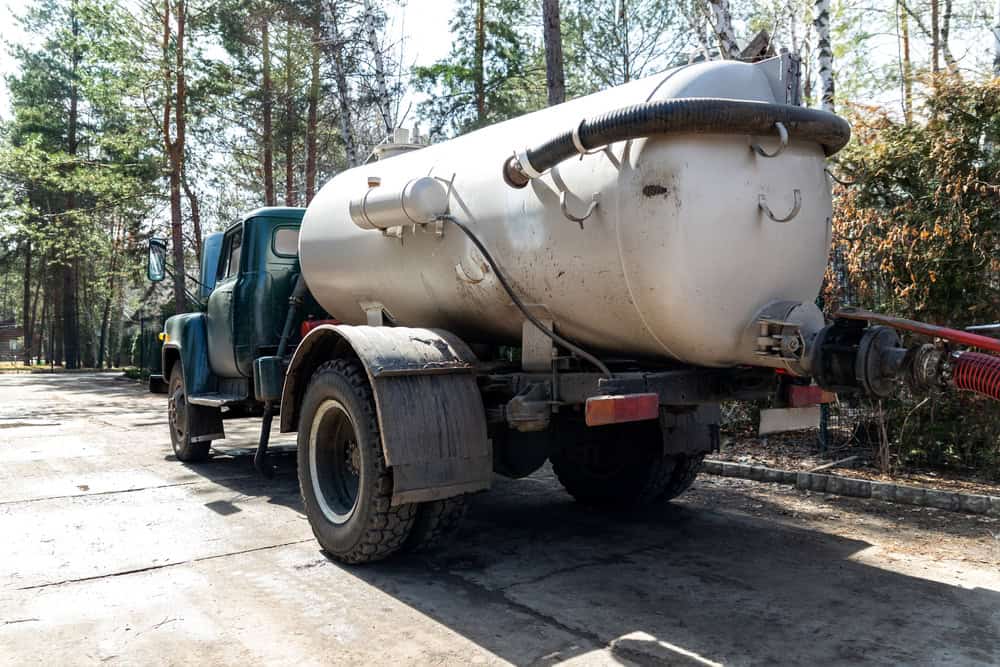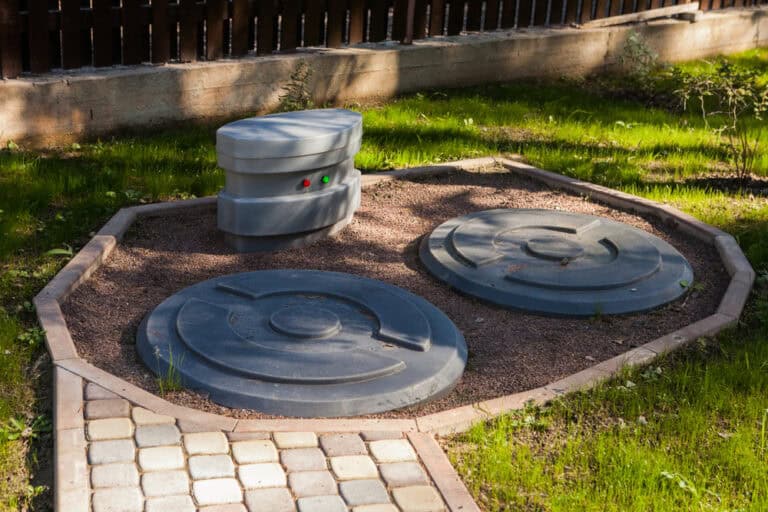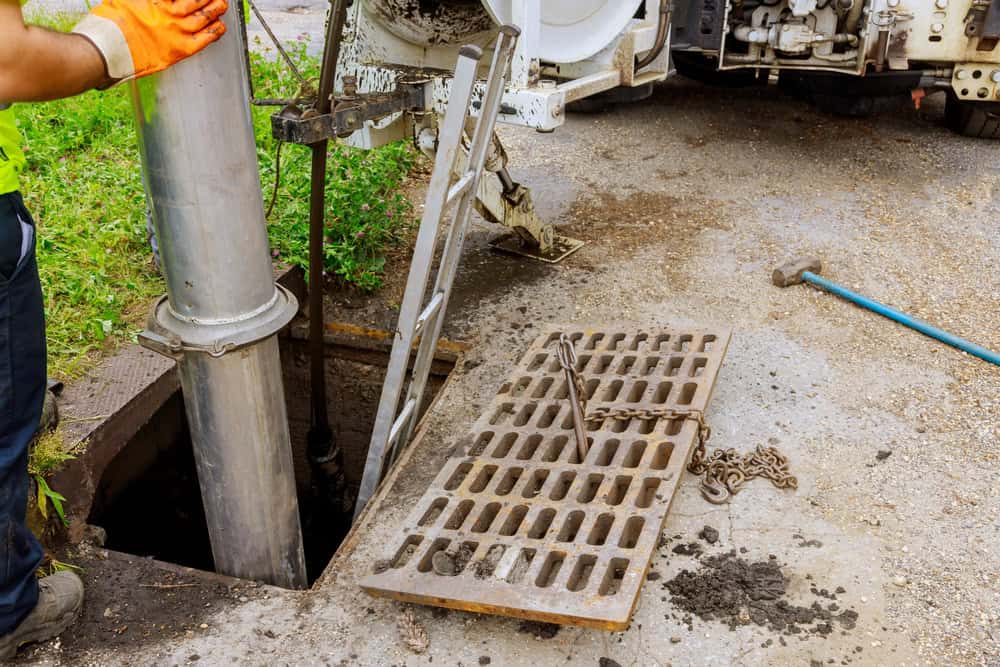Cesspool in Hempstead, NY
My husband and I needed the pipe that connects our home to the town sewer line replaced. Other companies told us they would need to rip up the sidewalk, street, and our walkway which would have cost us thousands in additional work.
More About Us
Browse Septic Tank Services
contact us
Emergency Cesspool Services in Hempstead, NY: Available 24/7

Immediate Response to Cesspool Emergencies
When a cesspool emergency strikes in Hempstead, NY, every second counts. That’s why Antorino & Sons offers round-the-clock emergency cesspool services, ensuring that help is always just a phone call away. We understand the urgency of cesspool failures and the potential health risks and environmental hazards they can cause. Our dedicated team is equipped to address and resolve your cesspool issues promptly, minimizing damage and disruption to your property.
With Antorino & Sons, you’re not just getting a service; you’re getting a promise of immediate, effective response. Our emergency team is trained to tackle all kinds of cesspool crises, from backups to leaks, ensuring quick resolution with minimal impact on your daily life. In Nassau County, we’re known for our reliability and speed, making us the first choice for emergency cesspool services.
Rapid Response:
Our 24/7 availability ensures that Antorino & Sons is always ready to respond to your cesspool emergency in Hempstead, NY.
Expert Solutions:
With extensive experience in cesspool emergencies, we offer the most effective and efficient solutions tailored to your needs.
Customer-Centered Service:
At Antorino & Sons, your safety and satisfaction are our top priorities during any cesspool emergency in Nassau County.

Comprehensive Emergency Solutions
Our emergency cesspool services in Hempstead, NY, cover a wide range of issues. Whether it’s an unexpected backup, a sudden leak, or any other urgent cesspool problem, Antorino & Sons has the expertise to handle it. We use state-of-the-art equipment and techniques to diagnose the issue quickly and implement the most effective solution. Our goal is to restore your cesspool system to full functionality as swiftly as possible, ensuring the safety and comfort of your home or business.
At Antorino & Sons, we also provide immediate advice and guidance over the phone to mitigate the situation until our emergency team arrives. With 631-250-6829, you have direct access to our experts, who can help you take the right steps in an emergency, reducing potential damage and ensuring a smoother restoration process. Trust us to bring you peace of mind during stressful situations with our comprehensive emergency services.

Why Timely Intervention is Crucial
The importance of timely intervention during a cesspool emergency cannot be overstated. Ignoring or delaying action in response to cesspool issues can lead to severe property damage, environmental pollution, and health risks. That’s why Antorino & Sons prioritizes swift action and is available 24/7 in Hempstead, NY. Our prompt response can prevent the escalation of problems, saving you time and money in the long run.
Our emergency services in Nassau County are designed to address cesspool issues before they become disasters. By choosing Antorino & Sons, you’re choosing a partner who understands the critical nature of cesspool emergencies and is committed to protecting your property and the environment. With our experienced team on your side, you can rest assured that your cesspool emergency will be handled with the urgency and expertise it deserves.
Have a question?
The town was first settled around 1644 following the establishment of a treaty between English colonists, John Carman and Robert Fordham, and the Lenape Indians in 1643. Although the settlers were from the new English colony of New Haven (1638), later incorporated into, Connecticut in 1662, a patent was issued by the government of New Netherland after the settlers had purchased land from the local natives. This transaction is depicted in a mural in the Hempstead Village Hall, reproduced from a poster commemorating the 300th anniversary of Hempstead Village.
In local Dutch-language documents of the 1640s and later, the town was invariably called Heemstede, and several of Hempstead’s original 50 patentees were Dutch, suggesting that Hempstead was named after the Dutch town and/or castle of the same name, both of which are located near the cities of Haarlem and Amsterdam. However, the authorities possibly had Dutchified a name given by co-founder John Carman, who was born in 1606 in Hemel Hempstead, Hertfordshire, England, on land owned by his ancestors since the 13th century.
In 1664, the settlement under the new Province of New York adopted the Duke’s Laws, austere statutes that became the basis upon which the laws of many colonies were to be founded. For a time, Hempstead became known as “Old Blue”, as a result of the “Blue Laws”.
Learn more about Hempstead.